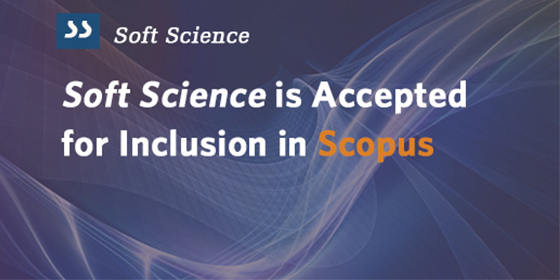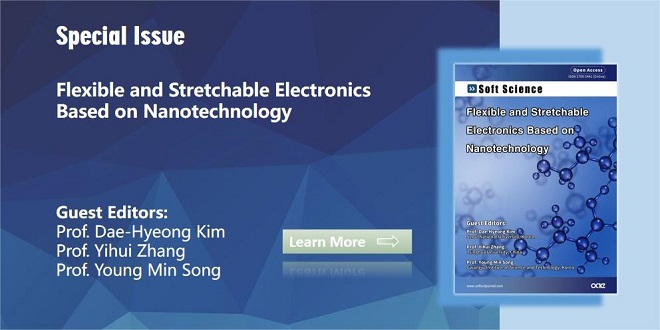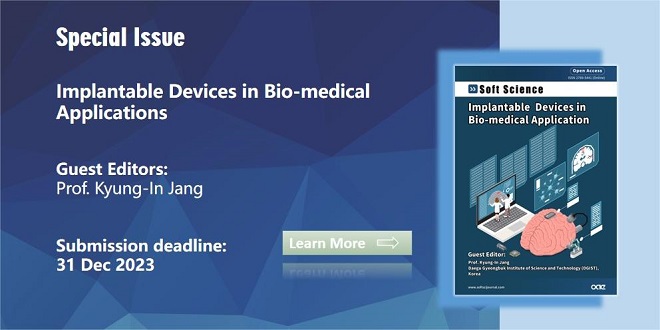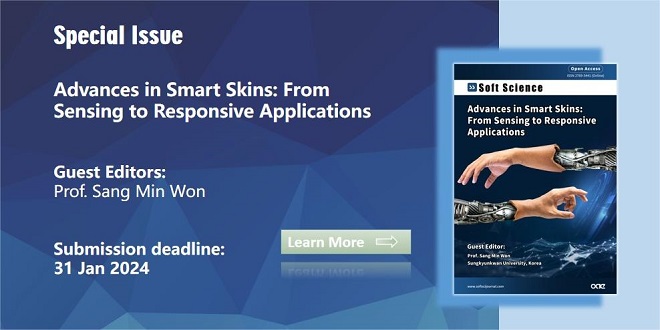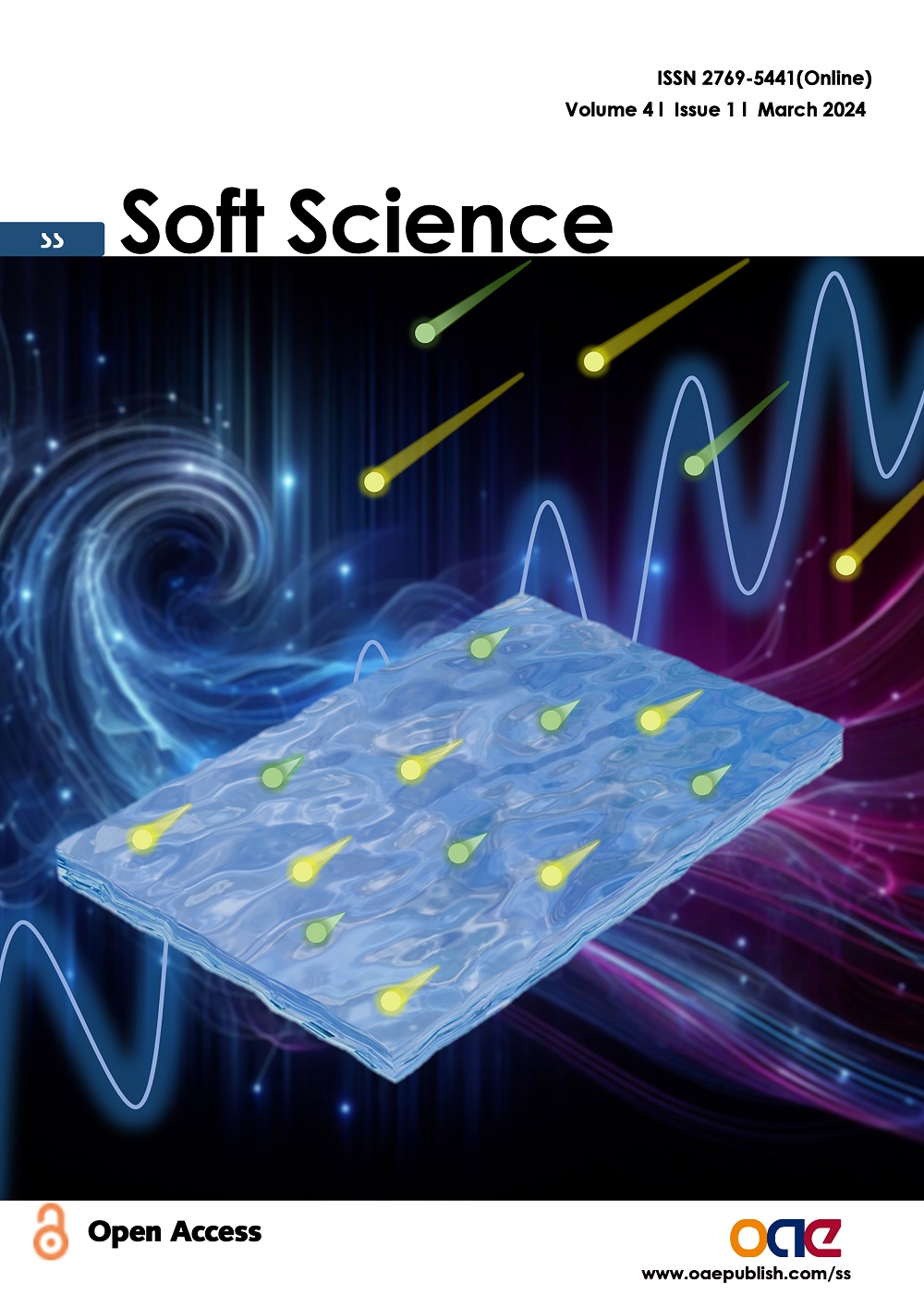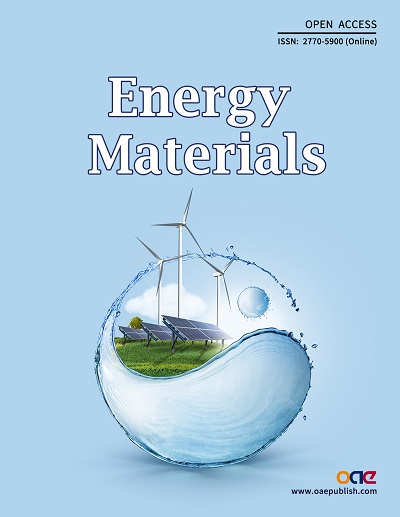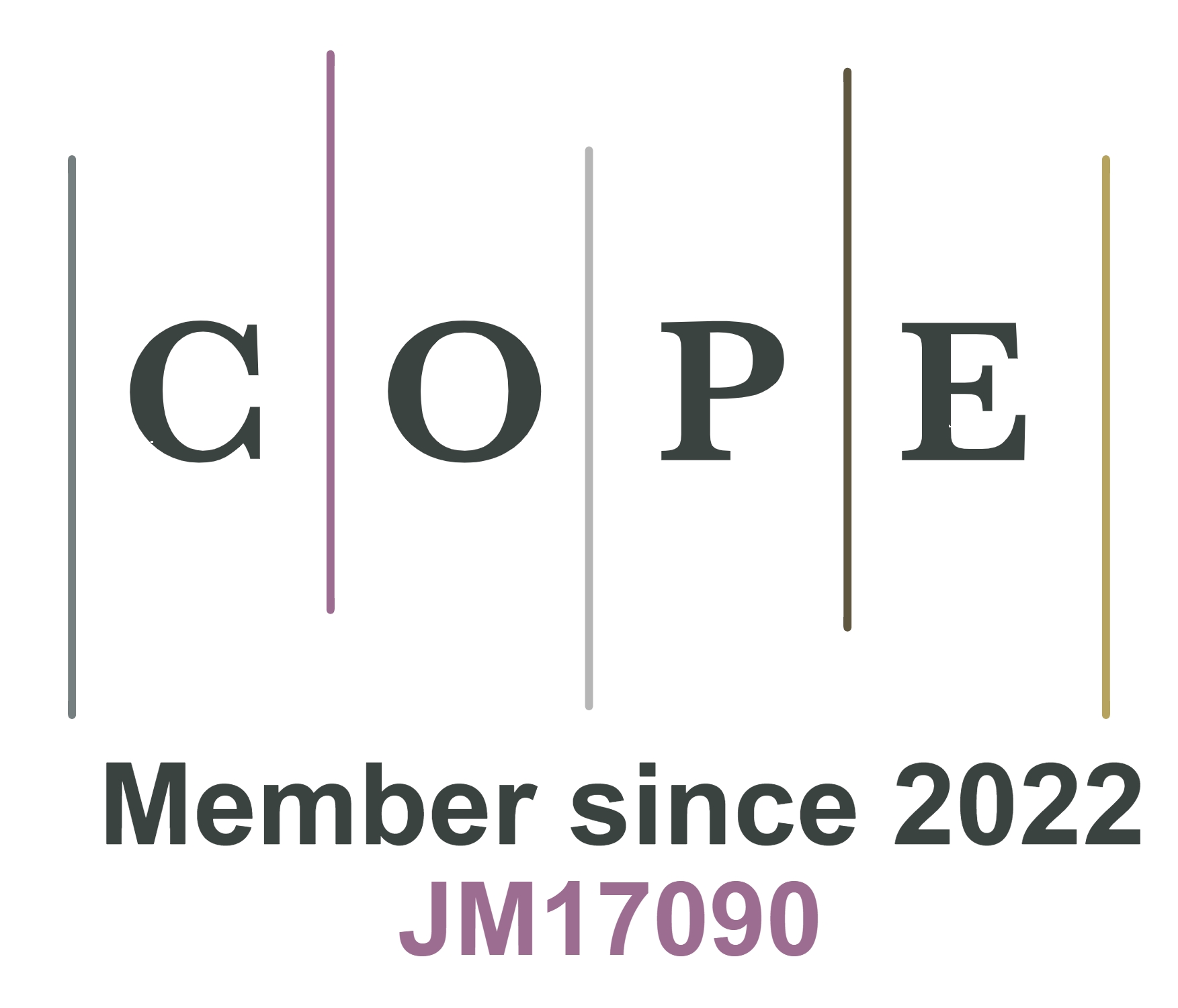Soft Science
Views: Downloads:
Views: Downloads:
Views: Downloads:
Views: Downloads:
Views: Downloads:
Views: Downloads:
Views: Downloads:
Views: Downloads:
Data
543
Authors
322
Reviewers
2021
Published Since
120,333
Article Views
48,901
Article Downloads
For Reviewers
For Readers
Add your e-mail address to receive forthcoming Issues of this journal:
Themed Collections
Related Journals
Related Journals
Data
543
Authors
322
Reviewers
2021
Published Since
120,333
Article Views
48,901
Article Downloads


